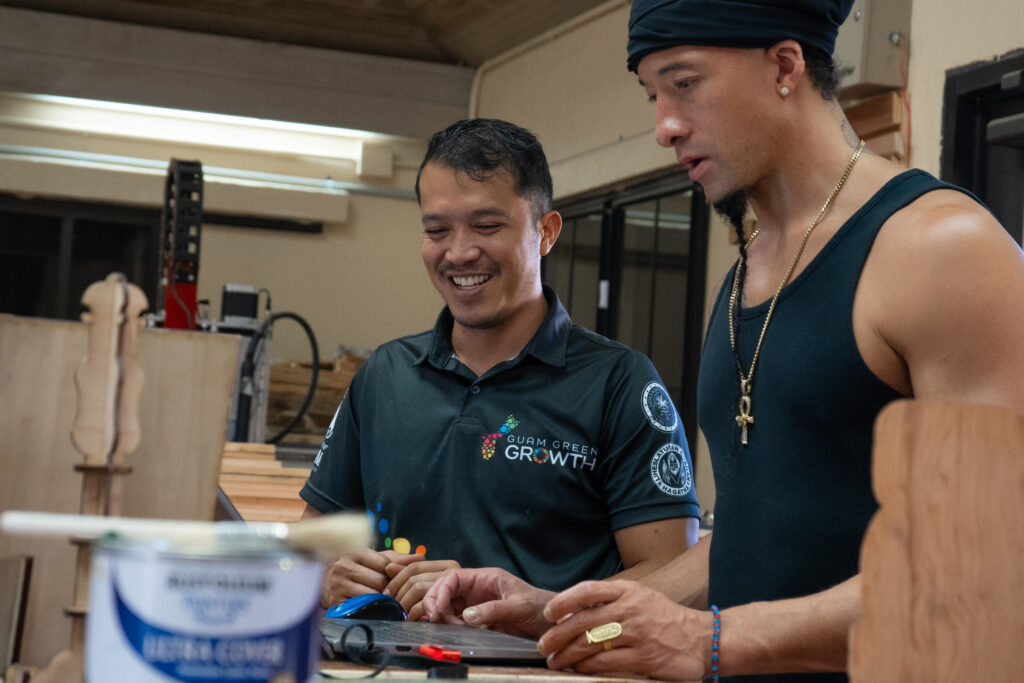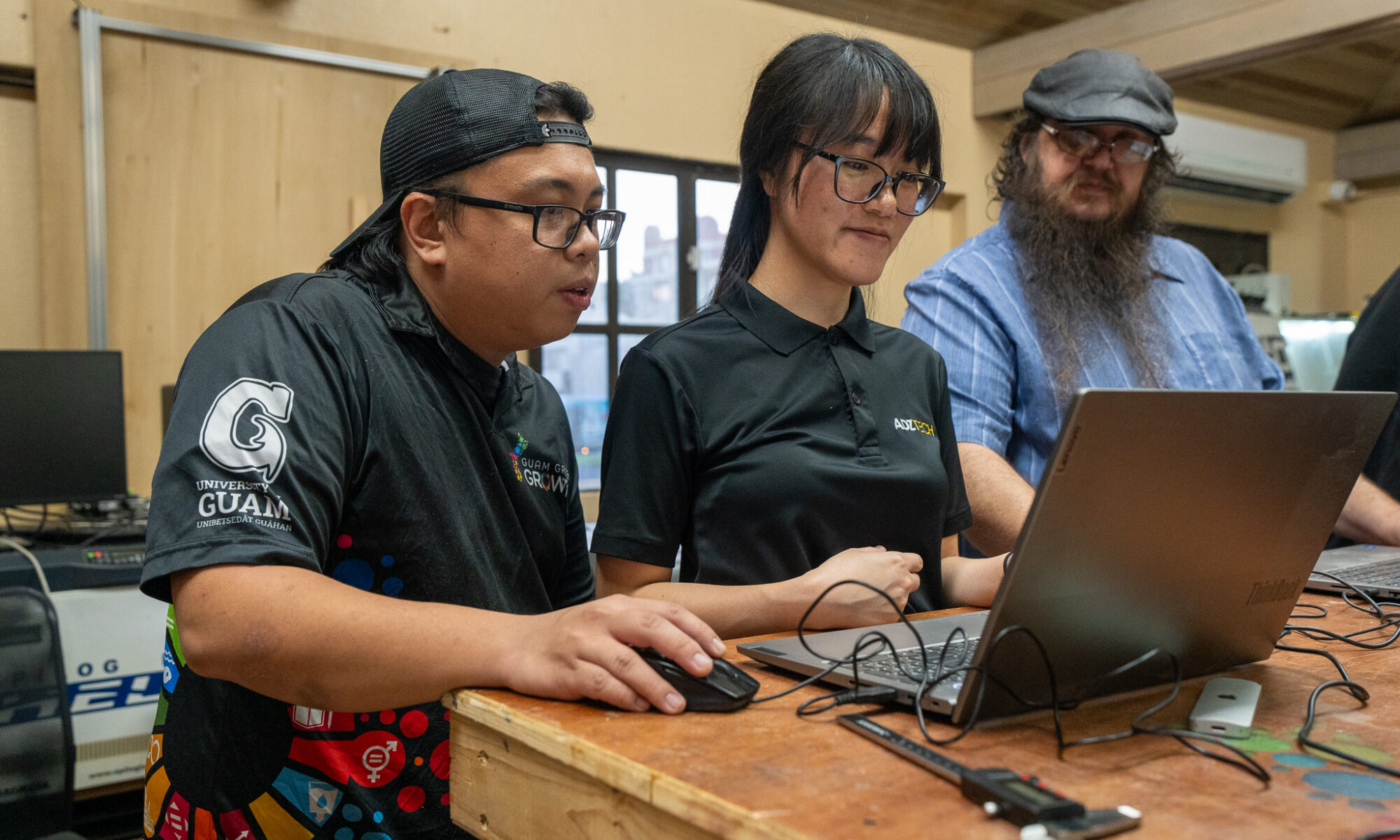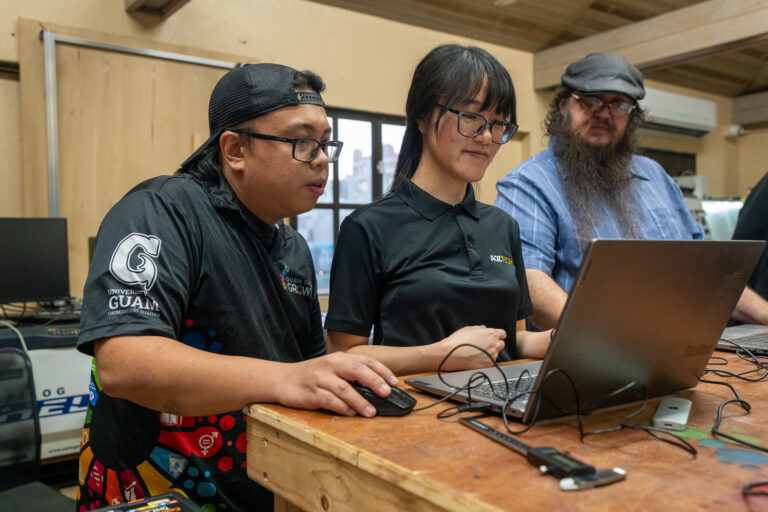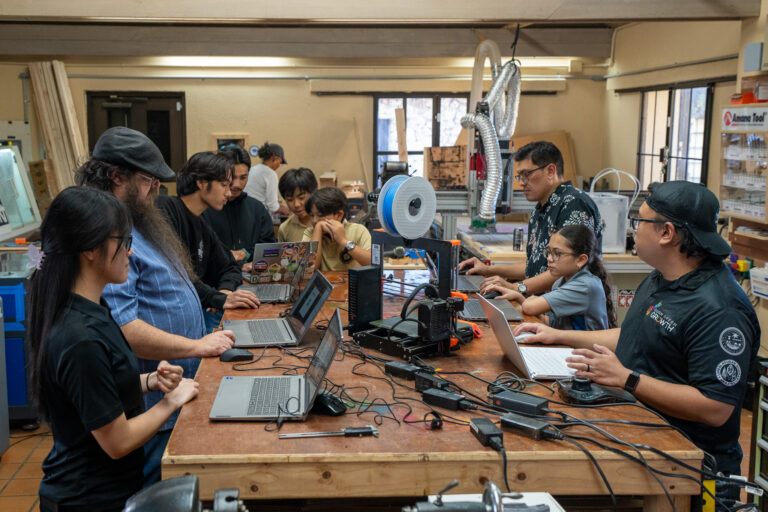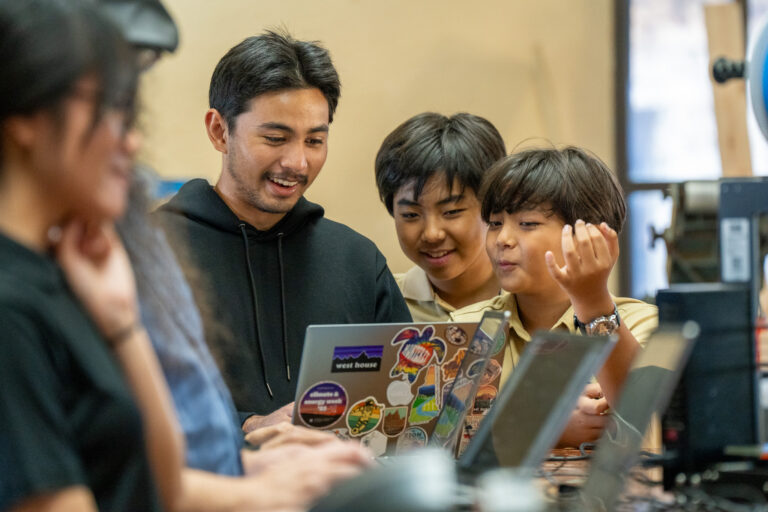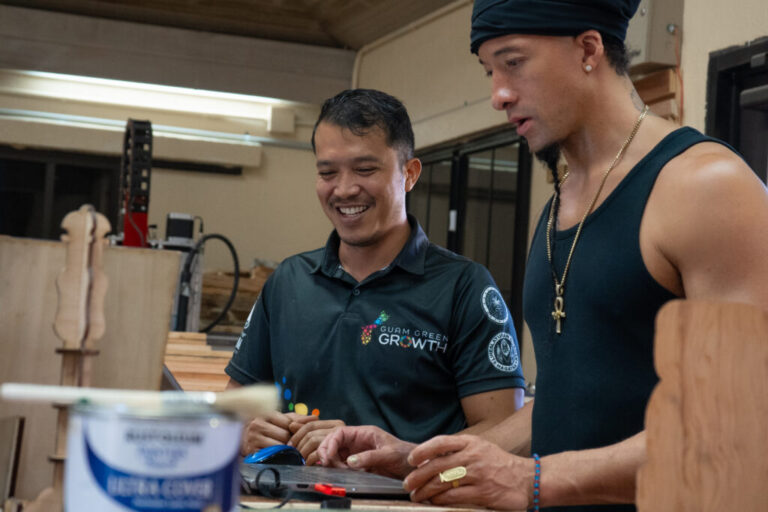

The University of Guam’s Guam Green Growth Circular Economy Makerspace and Innovation Hub has announced two workshops to be hosted at their CHamoru Village campus showcasing both cultural knowledge and high-tech innovation.
Fiber Laser Engraver Workshop
The fiber laser engraver workshop, to be held on Thursday, October 23rd from 5pm to 7:30pm, is geared toward the future of local entrepreneurship and design.
This modern, technical training will introduce attendees to the sophisticated world of fiber laser engraving, a process used for permanent marking and customization on materials like metals, plastics, and various industrial components. This skill is highly sought after in modern fabrication, manufacturing, and personalized gift industries.
“The workshop is perfect for designers, small business owners looking to expand their product offerings, or anyone interested in learning how to operate powerful, precision technology,” explained G3 Makerspace Coordinator Emily Wendte. “Mastering this tool provides a direct pathway into high-value, digitally driven production.”
Finanåguen Tinifok Katupat Weaving Workshop with Kadu
On the other end of the maker spectrum this weaving workshop, which will be held on Thursday, October 30th from 5pm to 7:30pm, focuses on the art of weaving the katupat, a diamond-shaped pouch traditionally woven from coconut leaves to hold rice. More than just a craft, tinifok (weaving) is a vital part of CHamoru heritage, blending sustainability with a functional art form.
Led by CHamoru weaver Martha Tenorio, the workshop provides hands-on instruction in this generational skill. It is a powerful chance for attendees to actively engage in cultural preservation, ensuring this traditional knowledge and the intricate, natural beauty of katupat continue to thrive.
According to Abby Crain the G3 Circular Economy Coordinator, along with the weaving showcase, participants will be treated to some kadu, or CHamoru Stew, to eat with the rice cooked in the katupat.
These two events highlight a strong community focus on holistic development. By valuing the knowledge passed down through generations—like the weaving of the katupat—while simultaneously developing modern digital manufacturing skills, the island community builds a resilient, prosperous, and culturally secure future.
Interested participants are encouraged to secure their spots soon as capacity is limited for these specialized sessions. Registration can be completed digitally at https://www.eventbrite.com/o/guam-green-growth-circular-economy-makerspace and more information about the G3 Makerspace is available at guamgreengrowth.org.


